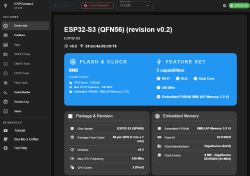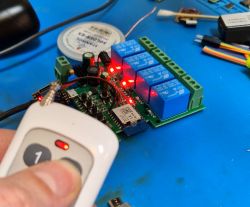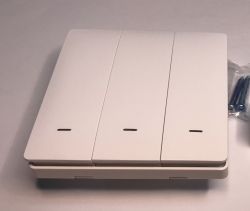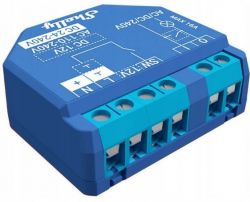Hello
I am looking for help here regarding automating the physical restart of the cable connection between the solar panel and the power station, which stops charging after a momentary blackout or voltage drop to some minimum values. To restore charging, I have to unplug from the panel and reconnect it. I am therefore looking for a relay that is 230V AC and is capable of connecting and disconnecting a DC line isolated from its supply with voltages up to 70V and power up to 500W. I can't even work out if such a relay exists for sale, because when calling various electrical shop and wholesaler helplines I am bounced around by people working to sell devices about which they only know as much as they read on the casing, which is almost nothing. If anyone is able to help me I would be very grateful. Best regards to the forum members.
I am looking for help here regarding automating the physical restart of the cable connection between the solar panel and the power station, which stops charging after a momentary blackout or voltage drop to some minimum values. To restore charging, I have to unplug from the panel and reconnect it. I am therefore looking for a relay that is 230V AC and is capable of connecting and disconnecting a DC line isolated from its supply with voltages up to 70V and power up to 500W. I can't even work out if such a relay exists for sale, because when calling various electrical shop and wholesaler helplines I am bounced around by people working to sell devices about which they only know as much as they read on the casing, which is almost nothing. If anyone is able to help me I would be very grateful. Best regards to the forum members.







